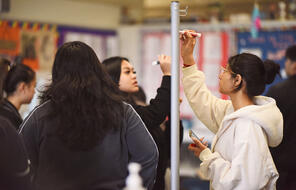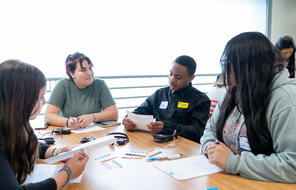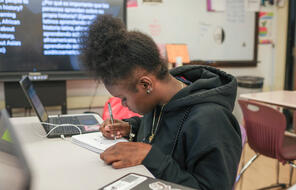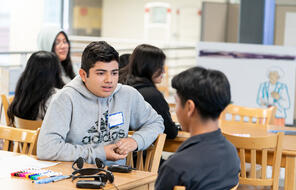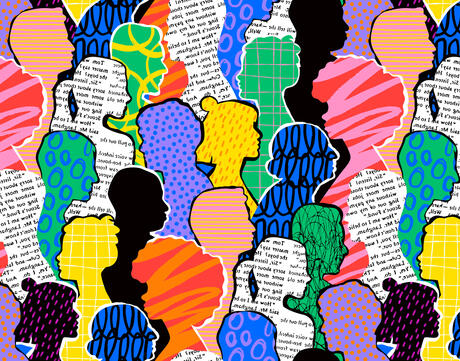
Political Polarization Activities
Resources
5Subject
- Civics & Citizenship
- Social Studies
Grade
6–12Language
English — USPublished
Get it in Google Drive!
Get everything you need including content from this page
Get it in Google Drive!
Get everything you need including content from this page
About This Collection
The United States has become increasingly polarized and divided along political lines over the last few decades. Students may be noticing and/or experiencing the negative effects of political polarization in their community and in the country overall. This collection of activities is designed to help students do the following:
- Explore the meaning of community and the nature of politically diverse communities.
- Understand what political polarization is and its causes.
- Learn about the consequences of, limits of, and solutions to political polarization.
- Reflect on their own perspectives on the state of politics, civic engagement, and democracy and then compare that with perspectives of young people across the country.
- Imagine a world without extreme political polarization and make connections about steps that can be taken today.
This collection includes five stand-alone activities that each last approximately 20 minutes. These can be taught in the order suggested, or you can choose any combination you think will be most beneficial to your students.
Teaching Note
Talking about politics can spark controversy and be emotionally challenging. Before talking about political polarization, it is important to generate norms that can support your classroom community in talking across political differences and reflecting on what divides us.
If you have already established a class contract or guidelines, you can begin by revisiting those with your students. You could ask students to reflect on the following questions and update your norms as needed:
- Which norms feel most important when talking about politics?
- What would you add to this list?
- Which of these will be easiest for you?
- Which of these will be most challenging for you?
For more ideas and classroom strategies for preparing students to have challenging conversations, see our Fostering Civil Discourse guide or Contracting teaching strategy.

